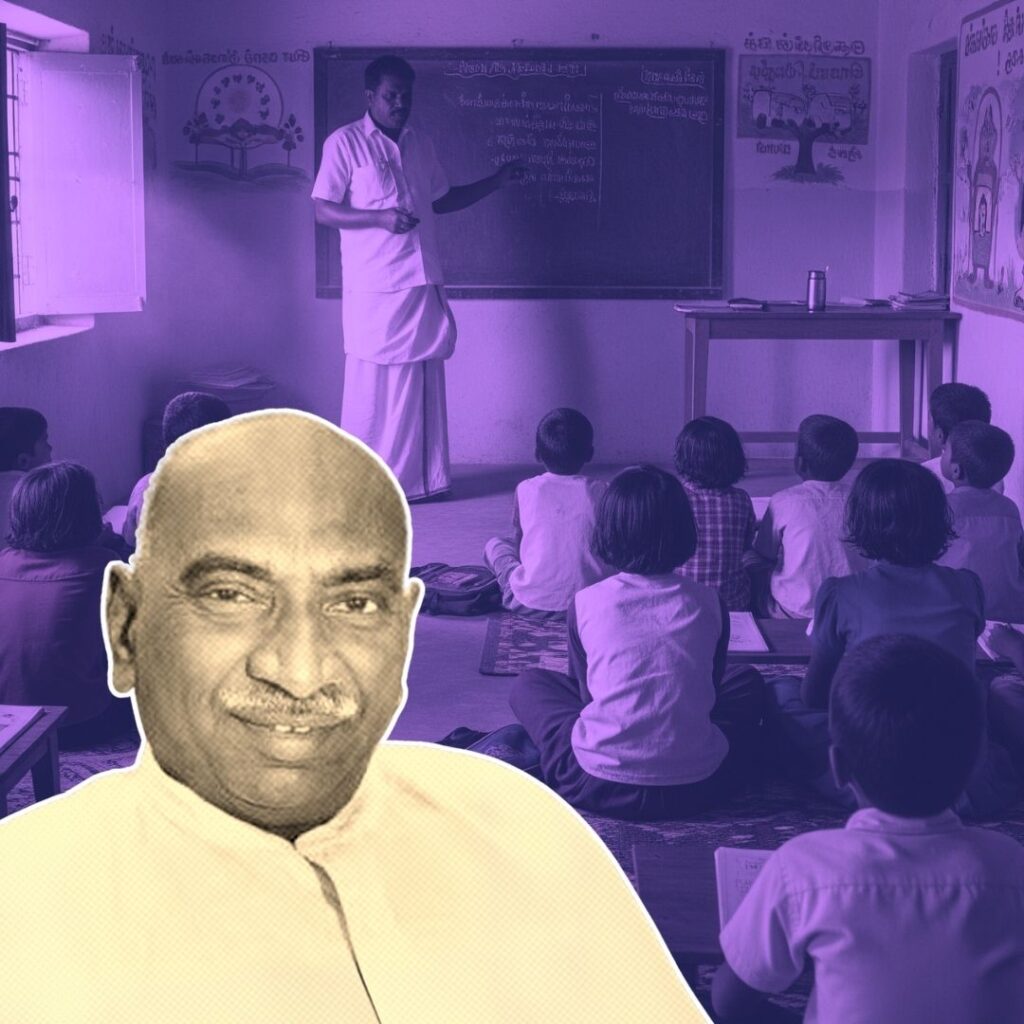In the interior of Rajgarh, a town in the Churu district of Rajasthan’s northern part, lay several small schools with unpainted walls, unused libraries and a dull environment. Kids came to school with hardly any motivation to learn, and many of them skipped classes to find joy elsewhere.
But all this is now a thing of the past, with an organisation called Piramal Foundation for Education and Leadership, founded in 2008, playing a huge role in shaping the education system of these schools. Aditya Natraj, founder and CEO of the organisation, had several ideas in mind. Among them was the development of the schools and their education system in Rajgarh.
With the schools having an uninteresting environment, students naturally did not gather the urge to learn. With the intention to create a happy learning environment, the organisation began working on a school development project.
Restructuring the libraries
“I have been working in government schools in Rajgarh for the last 18 months to ensure that students get to develop their skills in a happy, playful manner. The environment plays a huge role in shaping the interest of a kid, which is what I think was missing in these schools. I am currently a part of Gandhi Fellowship, which is a two-year youth leadership development programme, and am proud to be part of a process that looks forward to the greater good of children,” said Palak Sharma in conversation with The Logical Indian. Palak has been part of the initiative for some time now.
When Palak came to Rajgarh with her team for the first time, there were two things that struck her the most. “First, the schools had no paint on the walls, creating a colourless atmosphere. Second, the libraries of the schools were never opened. “They seemed dead to me, with nobody to touch the books, although they were schools, where books and knowledge should be the primary interest of the students. The reluctance of the students struck me too, and I decided to do something for their betterment,” she said.
Till now, their efforts have helped reshape 56 schools in 56 villages in Rajgarh. To start with, they ensured that each library was opened and made to function in a proper way. They ensured students came to the libraries and with the intention of learning.
“We wanted to ensure that the children are not forced into the process, but that they come into it out of their own interest. Most of these children’s families did not study, and even if they did, it was almost negligible. With nobody to motivate the children, and with such a dull school environment, it was only natural that they skipped school and did not want to learn,” Palak said.
Painting the walls
The initiative’s next target was to get the walls of the schools painted, but not by professional artists.
“We urged the students to paint the walls themselves. This too, I believe, was a great learning experience for them, because these paintings were not random scribblings, but concepts of geometry, grammar, words and more. I could tell how much the children enjoyed doing it. They created a joyful, colourful environment with their own hands,” said Prabhat Gautam, Programme Manager, in conversation with The Logical Indian.
Students were urged to paint the walls themselves
The schools, getting their life back, began seeing students regularly coming in. The libraries breathed again as students began coming in to read.
Talking to The Logical Indian, Mahendra Singh, a Hindi teacher in GASSS Nyangal Chotti School, one of the 56 schools the organisation has catered to, said, “The people of the organisation has done a lot for our schools, and we have tried to cooperate with them as much as possible. The background that these children come from does not provide them with much motivation to learn. This organisation has helped build the environment of the schools, brick by brick. As a teacher, watching a child grow into an educated individual is a great pleasure. Education, after all, plays one of the biggest parts of our life.”
Challenges and motivation
“Engaging with students who are the first generation learners and helping them grow has been a beautiful experience. The libraries that had very few books and remained closed at all times are now filled with books that we bought through community crowdfunding. Besides that, the schools contributed to the books too, and the village Sarpanch helped us raise funds for the same. We also collaborated with NGOs that work towards the well-being of students. We have had a lot of support from the people and also earned great appreciation. The children have now become so attached to the books that they come to the library during holidays, and often, to add a cherry on the top, elderly people from the villages join them to recite stories,” Palak said.
During the programme, Palak and the other members lived with the people of the village, becoming one among them. According to Palak, the main challenge has been s…












